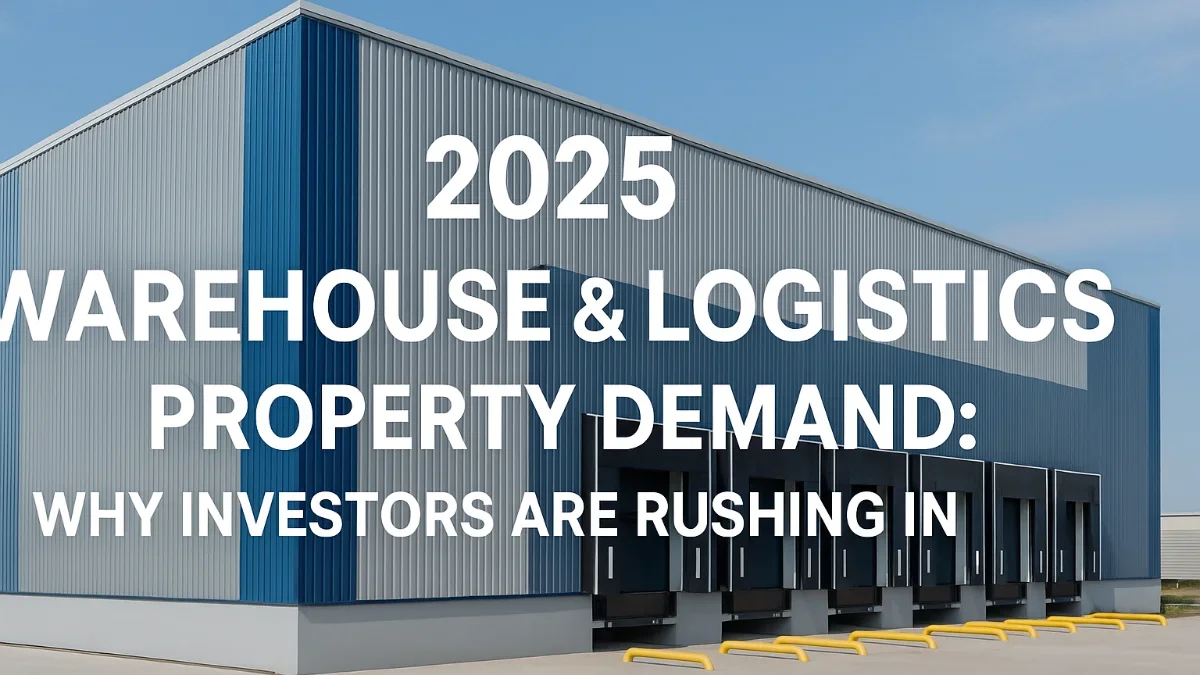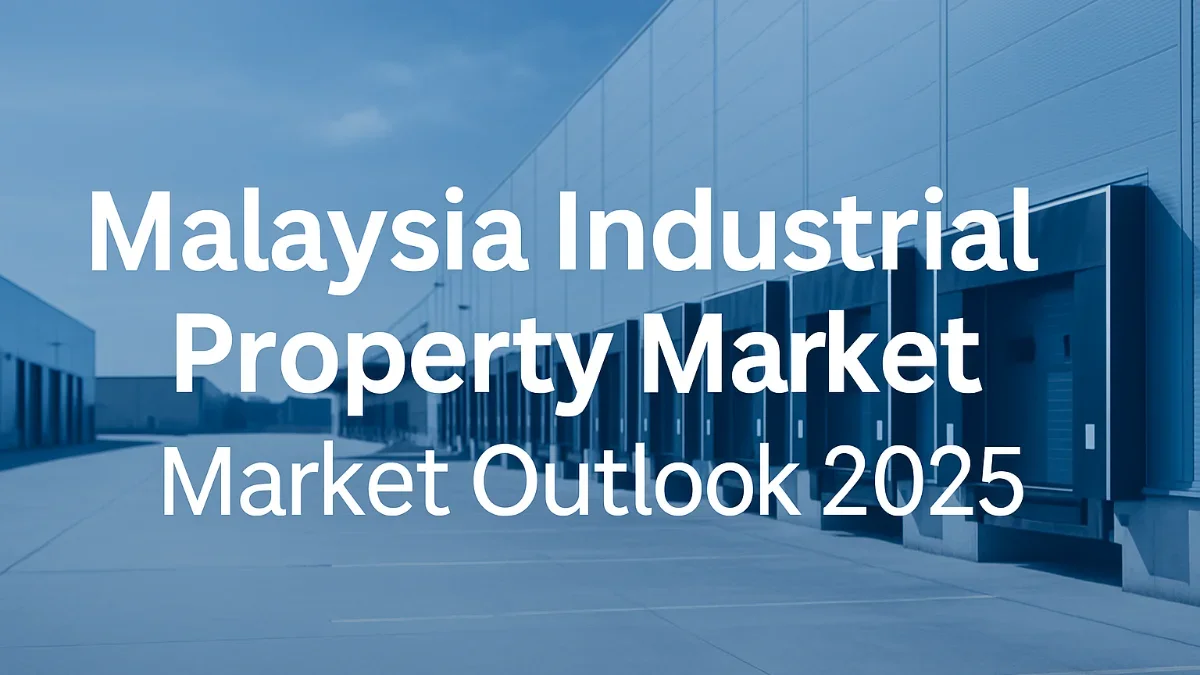A complete analysis of Malaysia’s booming warehouse and logistics property demand in 2025, supported by NAPIC construction and supply data. Ideal for investors exploring industrial assets.
2025 Warehouse & Logistics Property Demand: Why Investors Are Rushing In
Malaysia’s warehouse and logistics property sector remains one of the strongest performers in 2025. According to NAPIC’s Q1, H1, and Q3 2025 Snapshot Reports, demand for modern warehouses, distribution hubs, and logistics facilities has accelerated due to the rapid expansion of e-commerce, manufacturing relocations, and supply chain diversification.
As a result, warehouses and logistics hubs have become one of the safest and most profitable real estate investments in Malaysia today.
Industrial Construction Spike Supports High Warehouse Demand
NAPIC’s construction activity data shows a clear surge in industrial development:
- Q1 2025: 1,188 new industrial project starts
- Q2 2025: starts jump to 2,747
- Q3 2025: 2,467 new planned supply
- Q3 2025: completions jump to 2,292 units (from only 356 in Q1)
This growth confirms strong developer confidence in the warehouse and logistics market. More modern facilities with higher eaves, larger loading bays, and wider roads are entering the market to match tenant expectations.
Why Warehouse and Logistics Demand Is Rising in 2025
There are several key factors driving the surge in demand:
1. Expansion of E-Commerce & Last-Mile Delivery
Online retail continues to grow, pushing companies to secure more warehouses for sorting, storage, and last-mile distribution.
2. Manufacturing Relocation into Malaysia
Global manufacturers from China, Taiwan, Korea, and Singapore are shifting operations to Malaysia. This increases demand for storage and logistics support facilities.
3. Supply Chain Diversification (China+1 Strategy)
Multinational companies are reducing dependency on China by moving part of their logistics and production into ASEAN, including Malaysia.
4. Infrastructure Growth
Highway networks such as WCE, ELITE, SKVE, LATAR, and ports like Port Klang and Tanjung Pelepas boost regional logistics efficiency.
5. Low Overhang & High Occupancy Rates
NAPIC data shows industrial overhang remains the lowest among all property types, indicating stable demand and strong occupancy.
Top Locations for Warehouse & Logistics Investment
Based on 2025 market performance, these areas show the strongest growth:
- Selangor: Telok Gong, Kapar, Puncak Alam, Kota Puteri, Shah Alam
- Johor: Senai, Pasir Gudang, Iskandar Puteri, Tanjung Langsat
- Kuala Lumpur: Sungai Besi, Bukit Jalil Logistics Belt
- Penang: Batu Kawan Industrial Park, Bayan Lepas
- Negeri Sembilan: Nilai, Bandar Enstek
These zones benefit from excellent connectivity, manpower availability, and proximity to major trade corridors.
What Investors Should Look For in a 2025 Warehouse Purchase
To capitalise on the logistics boom, investors should prioritise properties with:
- High-eave height (30–40 ft)
- Wide road access for 40-ft container trucks
- Multiple loading bays
- Large power supply (for automation)
- Good connectivity to highways, ports, and airports
Modern warehouse specs directly influence rental demand and yield.
Strong Rental Yields & Capital Growth Potential
Warehouse investments in 2025 offer:
- 6%–8% rental yields in established industrial corridors
- Fast tenant absorption due to e-commerce and logistics growth
- Limited supply in matured areas like Shah Alam & Port Klang
This makes warehouses one of the best-performing commercial assets in Malaysia today.
Start Your Search for Agricultural, Industrial, or Land Investment
- Explore Agricultural and Development Land for Sale
- Browse Industrial Properties in Rural Areas
- See Commercial Assets Supporting Agri-Supply Chains
For personalised guidance on warehouse and logistics investments, contact Terra Group anytime.



